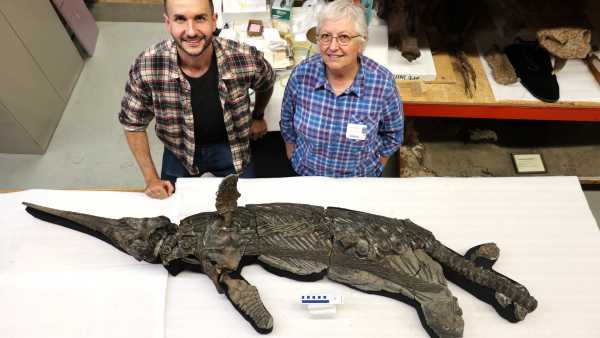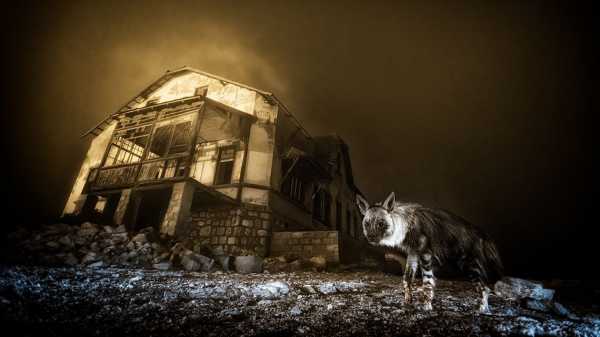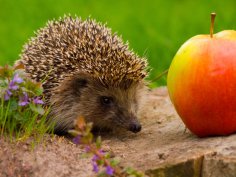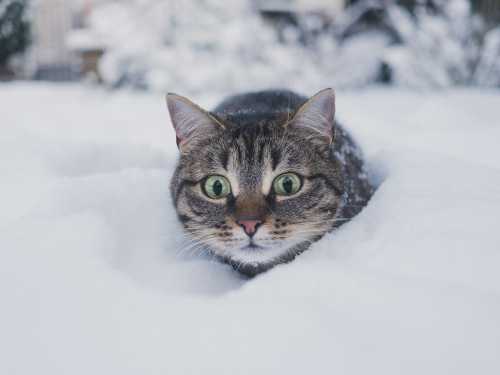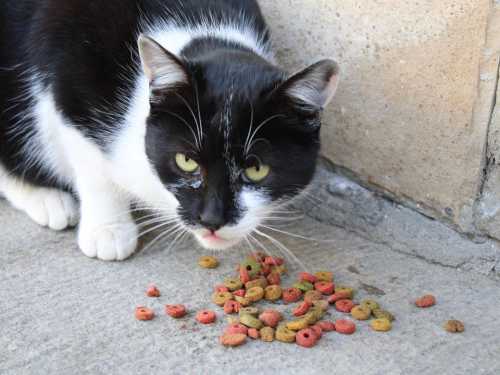
Cat and dog food is divided into classes. The best are super premium and holistic classes, followed by premium (medium) class, and economy class completes the list. Such foods are sold in supermarkets and pet stores.
Why economy class food is not recommended for continuous feeding
A cat can barely survive on such food for a while. After a few weeks, a few months, sometimes a few years (depending on how strong the body was to begin with), cats on such a diet begin to develop various health problems: from allergic rashes and bald spots to severe damage to internal organs.
Personally, I know of only a few exceptions to this rule; the rest of the cats I know, unfortunately, were sick from the economy diet by the age of 3-5.
What about dogs? Although dogs' digestion is different from cats', making them less sensitive to some components of cheap food, such a diet is still harmful for dogs in the long run.
There is no poison in economy class food, this is a misconception
Some people think that economy class food literally poisons a cat. This is not true.
The economy does not contain harmful ingredients that could directly poison the cat's body. It simply does not contain the substances vital for the cat's body. Because of this, over time, pathological processes begin, and then, one might say, the body begins to poison itself.
To make it clearer, I will give an example of our body: if we do not get enough calcium for a long time, our teeth and bones gradually deteriorate, and a deficiency of vitamins C and D leads to a decrease in immunity and a multitude of different diseases as a result.
It's the same with cats, only their set of nutrients is different and the proportion they need is different. For example, they need a lot of:
- Taurine. We would burst from such an amount, but it's great for them, that's just the amount they need for healthy eyes and heart.
- Arginine. With its deficiency, cats develop symptoms characteristic of ammonia poisoning.
- Biotin, omega-3 and -6 fatty acids, otherwise the coat and skin will suffer.
And a whole list of other things that are abundant in their natural food – mice.
But we can't feed them mice, and we don't need to. Other meat is used in industrial feed, and conscientious producers add the necessary percentage of those important elements to the feed artificially.
However, this is not enough in economy class food.
Why not feed your cat meat?! — Well, why dry food at all, why not feed your cat meat and other natural food of animal origin?!
Well, that's because the percentage of the essential nutrients listed above is different in this food. For example, a mouse brain has several times more taurine than a piece of beef.
So if you feed your cat “naturally”, be sure to give your cat a high-quality vitamin complex, or at least vitamins with taurine and biotin.
Economy class food passes through the cat's body in transit
It fills the stomach and briefly creates a false feeling of satiety.
The result: the cat is always hungry, as soon as it eats, it runs back to the bowl, and the mass of feces in its tray is almost equal to the mass of food eaten. It has a bad coat, sore eyes, weak muscles, constipation, and a bad mood and well-being.
The first and main feature of economy class food is the extremely low meat content.
Meat is the most expensive ingredient in feed, so the economy saves on it as much as possible.
If it were possible to produce feed with only the smell of meat, we would. It is impossible. But it is possible to produce “with taste.” Manufacturers compensate for the low amount of meat in feed by imitating it with the help of flavorings, that is, additives.
Additives may be listed in general terms. This could be something like “flavor complex” or “flavor additives.”
Flavorings can fool a cat, which usually has a lukewarm attitude towards non-meat food. A cat's taste receptors are poorly developed, and it assesses the edibility of food mostly by smell, so flavorings successfully lie to it that the food is meat.
The cat can't live without meat.
Cats are predators, and their diet should be dominated by food of animal origin. No other way.
Dogs, unlike cats, can digest ingredients of both animal and plant origin. While this makes them less sensitive to some components of cheap dog food, such a diet is still harmful to their health in the long term.
Meat is almost completely digested by cats. In high-quality feeds, meat is the basis of the composition. In economy-class feeds, if the amount of meat is indicated, it is written “minimum 4 percent.”
Often, instead of meat, the ingredients list contains extremely vague wording, such as “meat ingredients”, “meat by-products”, “animal products” or “animal flour” – this can be skin, sinew, fat, bones, feathers and other non-meat.
Quality feed is made from meat or flour from a specific meat. In the composition, for example, it will be listed as “rabbit meat flour”, and not simply “meat flour”, which can contain many different residues from meat production.
Incomprehensible composition despite promising inscriptions on the packaging
General (vague) formulations are also one of the clear signs of economy. General formulations are, for example, “cereals”, “plant extracts”, “mineral and vitamin mixtures”, “animal fats” without specifics. To each such formulation, you can add the word “some”.
The packaging will say in big letters how wonderful this food is, but the ingredients, which are written in small print somewhere on the side of the pack, are a blurry list that either doesn't have the percentage of ingredients, or the percentages are so unclear that it's difficult to calculate them even with a calculator.
Regarding the rules for listing ingredients in the composition (this is important to consider)
The manufacturer is required to list the ingredients in the composition like this:
👉 If he indicates the percentage of ingredients, then he can list them in any order.
👉 If it does not indicate the percentage of ingredients, then it is required to indicate the ingredient that is present in the feed in the largest amount first. And then in descending order.
So, let's look: If grains are the first in the composition, then they are the most abundant in the feed. In economy-class feeds, they can make up over 80%.
With such vague formulations, it is impossible to calculate their exact percentage, but it is important to remember that the cat's body does not digest grains well. Grains are not an optimal source of nutrients for cats and can cause digestive problems in sensitive animals.
The basis of economy class feed is cereals, and they are also cheap – corn and wheat, and more often “their processing products”, that is, waste.
In economy class feed, the manufacturer saves not only on meat, but also on everything else.
All dry foods are prepared with vegetable additives, that is, with the addition of cereals, legumes or solanaceous crops, because it is impossible to form pellets from meat alone.
The cheapest fillers are corn and wheat, which are what is put in the food. Unfortunately, these additives are not only not absorbed by the cat's body, but can also provoke allergies and constipation in some sensitive animals.
That is, in a pack of food that consists mainly of “grain processing products,” there is a very low percentage of what the cat's body will absorb.
High-quality, expensive food includes rice, peas, potatoes, and sweet potatoes. You won't see any of these in economy-class food.
So, the main signs again:
- There is only 4% meat, or instead of it there are some “meat ingredients” in an unknown amount, or the word “meat” is there, but it is placed closer to the end of the list.
- Lots of wheat, corn, or just some cereals.
Colored granules and “appetizing” inscriptions on packages are also a sign of economy.
Inscriptions like “lamb stew, meat stew, hearty lunch, fisherman's catch, creamy soup, meat feast, deliciousness” are never found on the packaging of high-quality professional feeds. This is a feature of economy class.
This is a marketing ploy aimed at an empathetic but ill-informed buyer: cats are not interested in “soups and stews,” but some people believe that a cat wants to eat like a human.
Colored pellets are also a clear sign of economy; dyes are not added to high-quality, expensive food.


